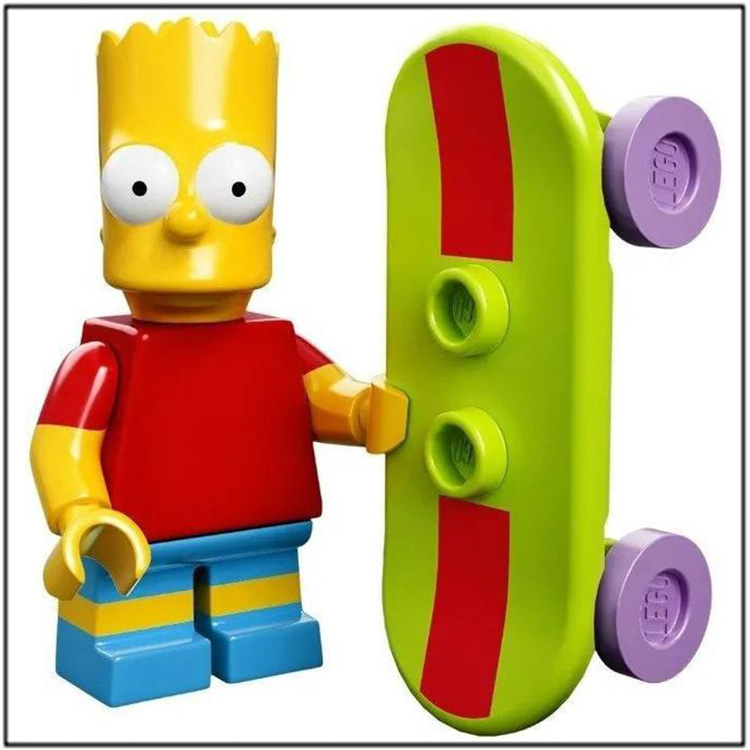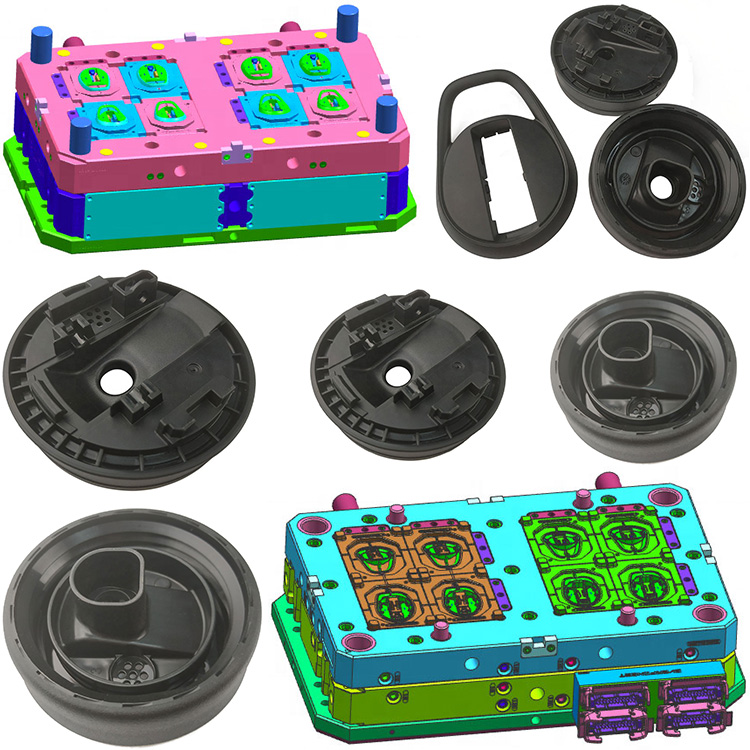
What Should be Noted For Double Color Plastic Molds?
In the design and manufacturing process of two-color plastic molds, key considerations include material selection, mold design, injection molding technology, and other aspects. The following is a detailed explanation of these considerations:
1,Selection of mold steel
The selection of mold steel is crucial as it directly affects the durability of the mold and the quality of the injection molded parts. The commonly used structural steels for molds include H13, 420H, 1.2344, NAK80, etc. These steels have good wear resistance, heat resistance, and corrosion resistance, and can meet the high requirements of two-color molds.
2,Mold design details
2-1.Pre pressing of sealing position: Reserve appropriate pre pressing in the sealing position of the soft rubber, generally within the range of 0.070.13mm. For large-area sealing, 0.20.25mm can be reserved to ensure that the soft rubber can tightly adhere to the hard rubber, avoiding overflow and deformation.
2-2.Hard plastic support: The hard plastic part needs sufficient steel material as support, especially on the back with soft rubber. The clearance should not exceed 0.5mm to prevent the soft rubber from being compressed and deformed during the injection molding process.
2-3.Material temperature difference: The softening temperature of the bottom part and the encapsulation material should differ by at least 20 ℃ to avoid melting of the bottom part during the injection molding process, which may affect product quality.
2-4.Consistency of shrinkage rate: The shrinkage rate of soft rubber needs to be consistent with that of hard rubber to ensure the dimensional accuracy and appearance quality of injection molded parts. If the same material is used for two injections, but the colors are different, and the product shape and size requirements are high, it is best to set the shrinkage rate for both injections.
2-5.Gate design: The selection of gate position should be cautious, and it is generally recommended to choose a latent injection molding to ensure that the plastic parts and flow channels can be automatically cut off. If conditions do not allow, three plate molds or hot runner molds can be considered. At the same time, attention should be paid to the precision of the fit between the gate and the mold to avoid the production of adhesive powder or overflow.
3,Injection molding process parameters
3-1.Injection molding sequence: Usually, the hard rubber part of the product is injected first, followed by the soft rubber part of the product. Because soft rubber is prone to deformation, and the hard rubber part can provide support for the soft rubber.
3-2.Injection pressure and speed: Injection pressure and speed need to be adjusted according to the characteristics of the material and the design of the mold to ensure the quality and production efficiency of the injection molded parts.
3-3.Cooling time: The cooling time should be long enough to ensure that the injection molded parts are fully cooled and shaped, avoiding deformation or damage during the demolding process.
4,Other precautions
4-1.Precision of mold parting surface: The manufacturing precision of the mold parting surface should be high to prevent the generation of waste edges. At the same time, attention should be paid to the fitting accuracy and sealing of the parting surface.
4-2.Dynamic and fixed mold positioning: The gradient descent of all penetrating and colliding surfaces should be as large as possible (above 0.1mm). To ensure accurate positioning and fitting accuracy of the moving and fixed molds.
4-3.Cooling water channel layout: The cooling water channel layout of the two cavities and cores should be as sufficient, balanced, and consistent as possible to ensure the cooling effect and quality consistency of the injection molded parts.
Material viscosity: In order to "stick" the two plastics more tightly during two-color injection molding, it is necessary to consider the "viscosity" between the materials and the roughness of the mold surface. The smoother the surface of the mold, the tighter the plastic injected twice will stick.









